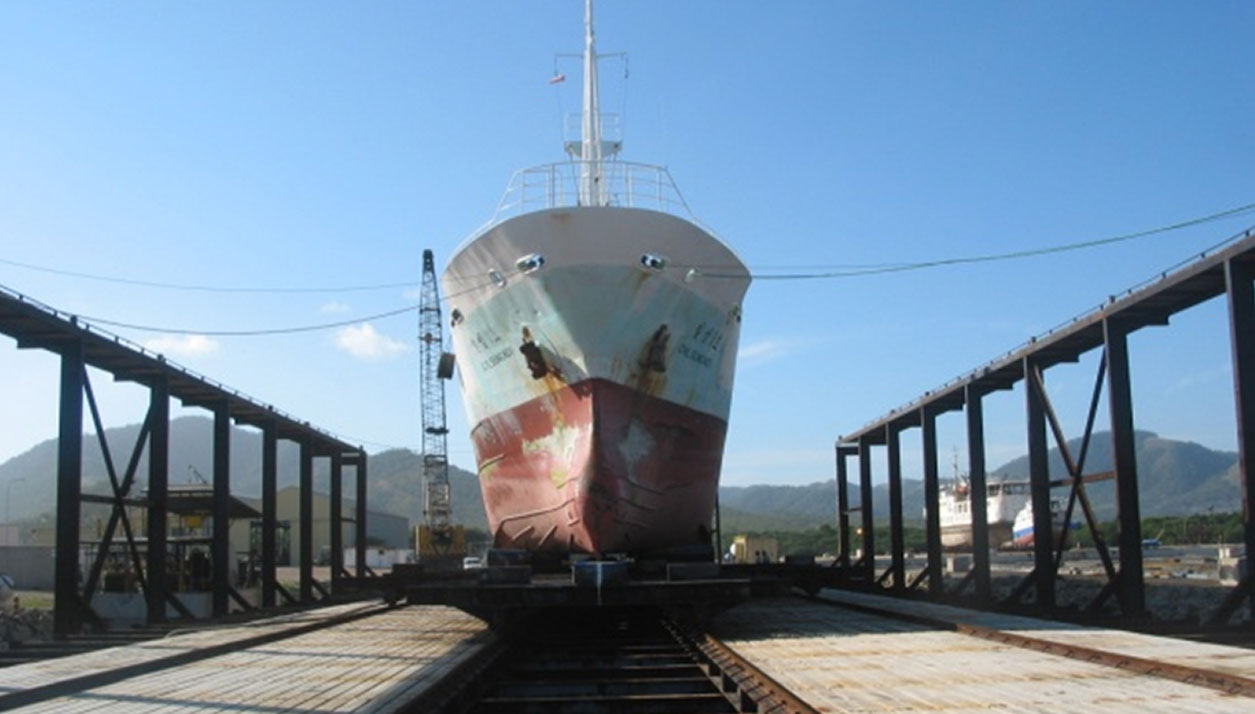
The US Engineers erected a warehouse and boat assembly factory for the construction of plywood LCVP landing barges for infantry and light vehicle use in the planned New Guinea and island campaigns. Cairns was chosen as the most northerly centre in Queensland for the manufacture and ferrying of boats to forward areas in New Guinea. The US engineers provided infrastructure for training Australian troops in amphibious landings. They were led by the 411th Engineer Base Shop Battalion which was responsible for major construction works around the town. Landing craft were made by the Ford Motor Company and other craft and engines were made by numerous small boat builders around Brisbane and at centres along the eastern coast of Queensland.Ĭairns became a major centre of manufacture for landing craft as US military personnel began arriving in greater numbers early in 1943. In all, over five years of war, 19 naval vessels of all classes were completed. The first vessel was completed and put into service in March 1941 and other ships followed rapidly. Slipways and fitting out facilities were established at Kangaroo Point with four building berths constructed. Evans Deakin, who had just completed construction of the Story Bridge, turned to ship building. Shipbuildingĭuring the war years Walkers Limited built and engined seven corvettes and three frigates for the Australian Navy, as well as mass-producing steam and diesel marine engines. Amongst the machinery manufactured at Ipswich were a number of large lathes, aero engine crankshafts, presses for the production of shell and cartridge cases, and 25-pounder gun barrels. Ipswich railway workshops produced a huge quantity of war munitions. The factory also engaged in the manufacture and repair of machinery for naval and merchant shipping at its marine engine works. Rocklea factory ceased munitions production in late 1943 when it was modified for the overhaul of US aero engines for the Department of Aircraft Production. At its peak the factory employed about 3000 men and women, many of who lived nearby in government housing. From 1941 until 1943 the Rocklea factory produced about 150 million rounds of small arms ammunition and more than one million cartridge cases for 25-pounder shells. Rocklea, south of Brisbane, had been chosen by the Federal government as the site for a £1.5 million munitions factory in January 1941. ‘Our honeymoon is finished,’ Curtin announced to the Australian people, ‘Now we must fight or work as never before’. The Prime Minister, John Curtin, described it as ‘Australia’s Dunkirk–the opening of the Battle of Australia’. Rabaul was captured and Singapore fell on 15 February.

On 23 January 1942 the Japanese landed in New Guinea and the Solomon Islands. Evans Deakin and Company in Brisbane and Walkers Limited of Maryborough were gearing up for the mass production of Australian-designed naval corvettes. By 1941 armament industry machine tools were being manufactured at Toowoomba Foundry and Ipswich workshops were becoming a major source of munitions supply. The war was to change that.Īs early as September 1940 the State Munitions Board placed the first order for the manufacture of shells and grenade casings at Ipswich railway workshops. Its industries were geared to primary production and serving the needs of primary producers. Before the declaration of World War II in September 1939 Queensland was not a heavy industry state.


 0 kommentar(er)
0 kommentar(er)
